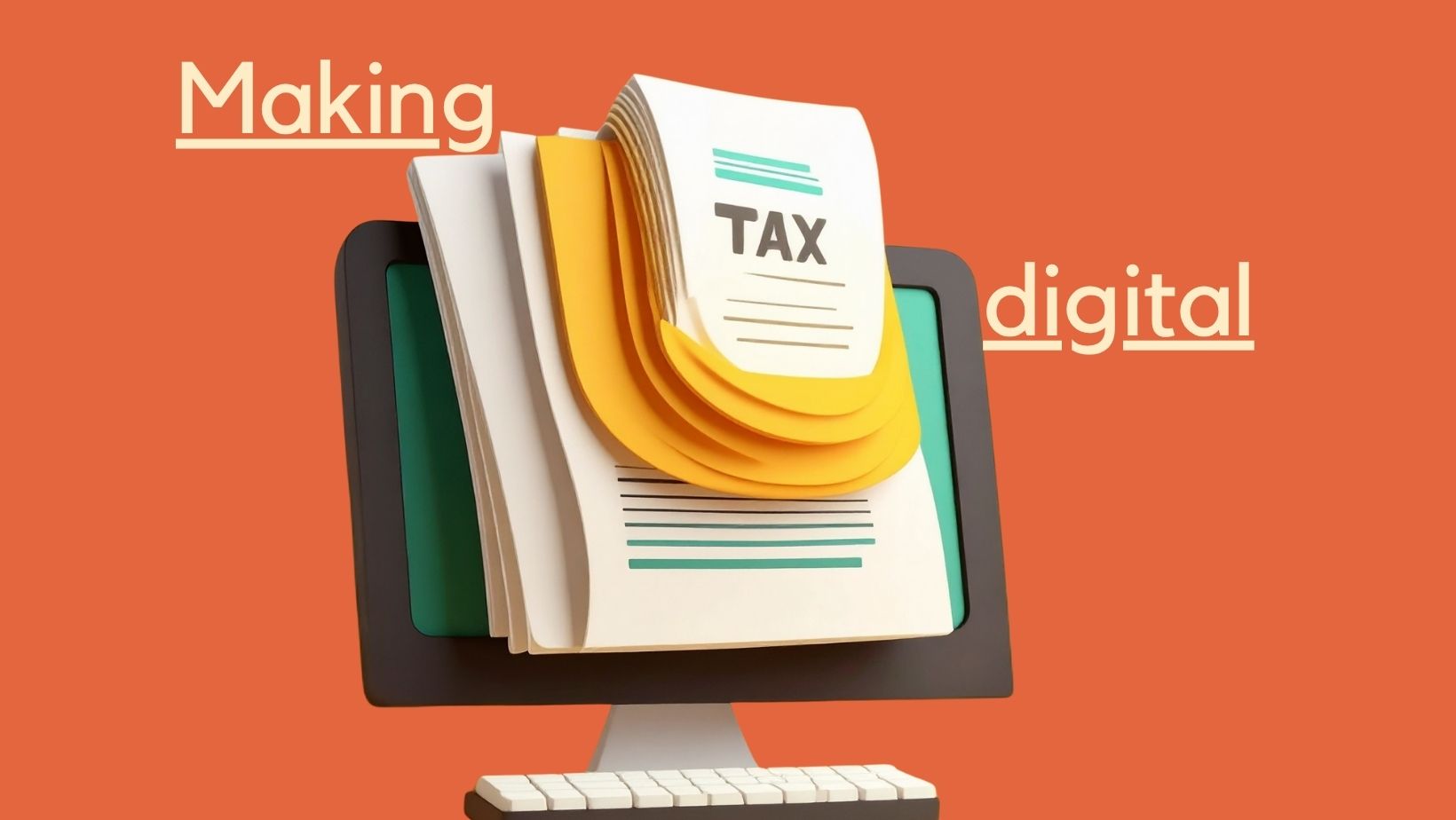A quick guide to the UK state pension.
For small business owners, planning for the future is just as crucial as managing the day-to-day running of your company.
One important aspect of financial security in later life is ensuring you qualify for the UK State Pension. This guide will help you understand how qualifying years work, how to check your National Insurance (NI) record, and what steps you can take if you have gaps in your contributions.
Understanding qualifying years
Your UK State Pension entitlement is based on the number of ‘qualifying years’ you have built up through National Insurance contributions.
A qualifying year is a tax year where you have either:
- Paid National Insurance through employment or self-employment
- Received National Insurance credits (e.g., for certain benefits such as Jobseeker’s Allowance or Child Benefit for children under 12)
- Voluntarily contributed to National Insurance to cover any gaps
To receive the full new State Pension, you typically need 35 qualifying years. A minimum of 10 years is required to receive any pension at all.
Checking your National Insurance record
If you’re unsure how many qualifying years you have, checking your National Insurance record is a straightforward process. You can do this online through the government’s website, where you’ll find details of your contribution history, any gaps, and whether you are on track to receive the full pension amount. This step is particularly important for small business owners who may have fluctuating earnings or have taken breaks from employment.
Filling in your National Insurance gaps
If you discover gaps in your record, don’t panic, there are ways to fill them:
- Voluntary NI Contributions: You can make voluntary contributions to boost your qualifying years if you were unable to contribute in the past.
- National Insurance credits: If you’ve been a carer, unemployed, or on maternity leave, you may be eligible for NI credits, which count towards your record.
- Backdated contributions: In some cases, you can make up for gaps in your record by paying for missing years, often up to six years in the past (with some extensions available for certain circumstances).
Does pension income count towards a qualifying year?
If you have already started drawing a pension, it does not contribute towards new qualifying years. National Insurance contributions stop when you reach State Pension age, meaning additional income from pensions or investments won’t count towards your NI record. However, if you continue working beyond pension age, you do not pay National Insurance on your earnings.
Understanding your state pension age
The age at which you can start claiming your State Pension depends on when you were born. The current State Pension age is 66 for most people, but it is set to rise to 67 between 2026 and 2028, with further increases expected in the future. It’s important to stay updated on these changes so you can plan your retirement accordingly.
Conclusion
For small business owners, staying on top of your National Insurance record is an essential part of securing your financial future.
Regularly checking your qualifying years, filling in any gaps, and understanding when you can claim your pension will help you maximise your entitlement. Taking action now ensures that when the time comes to retire, you’ll receive the State Pension you deserve.
If you haven’t already, check your NI record today and take steps to safeguard your pension future.





